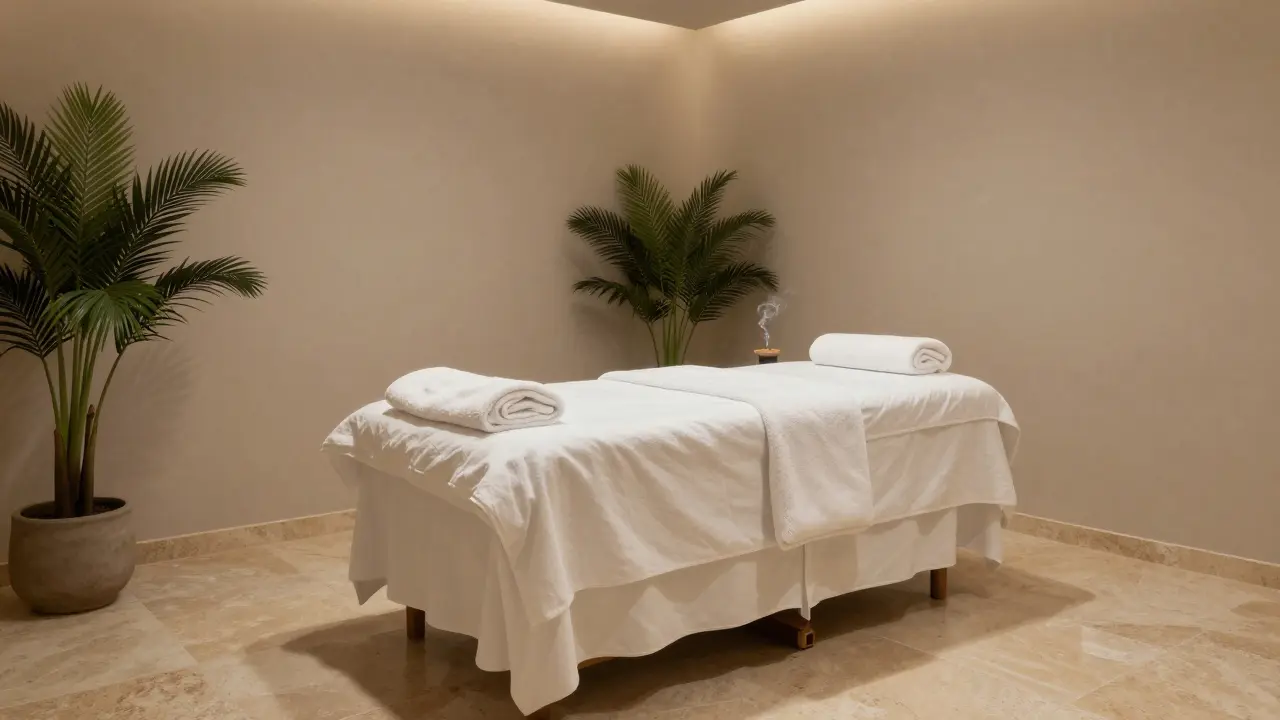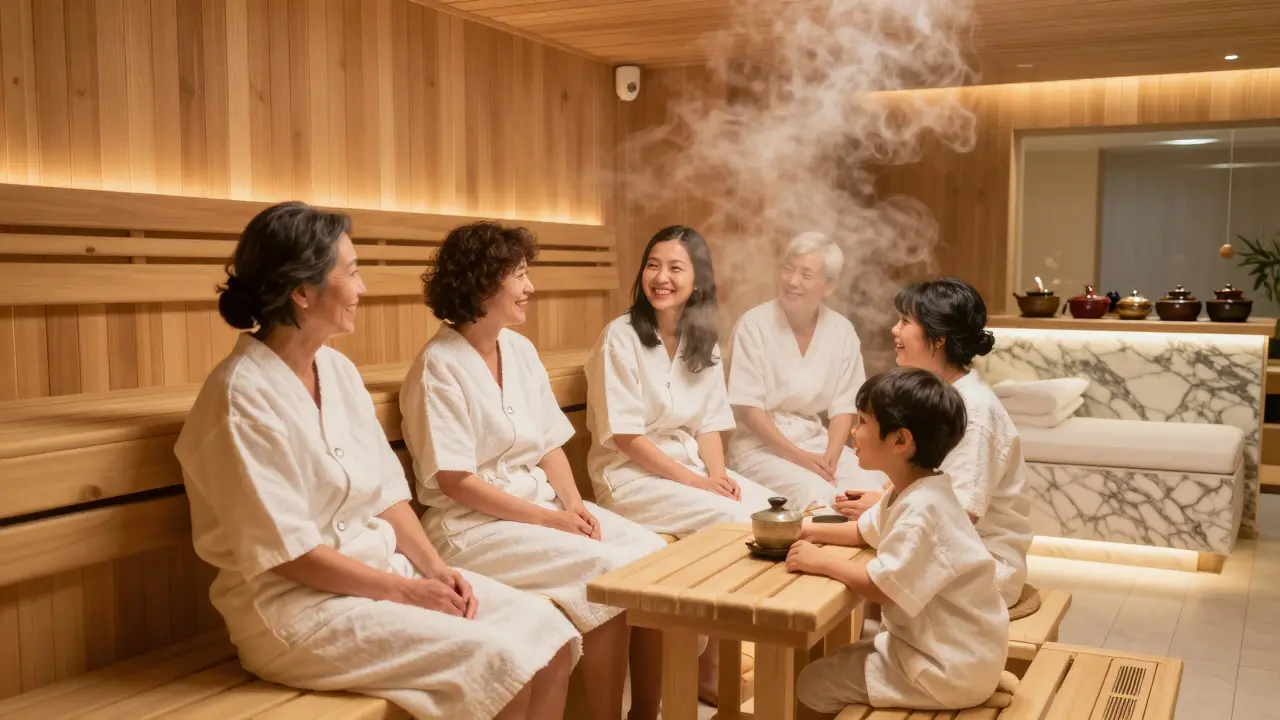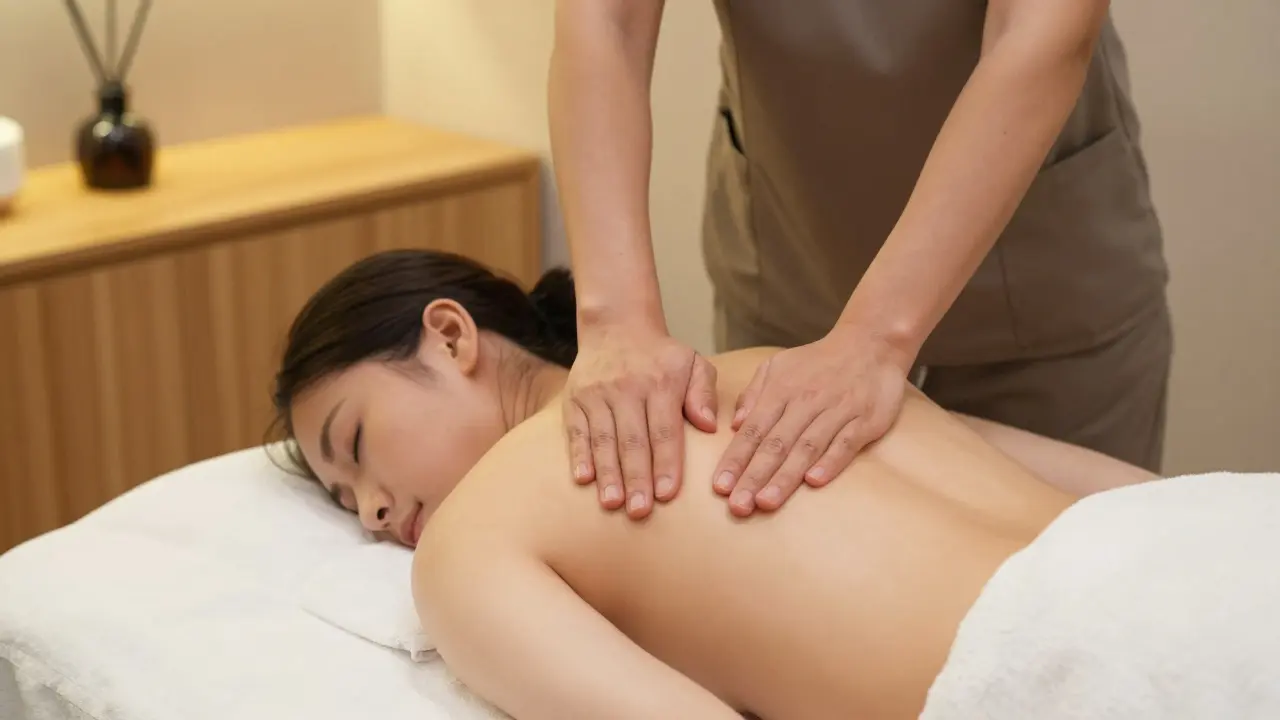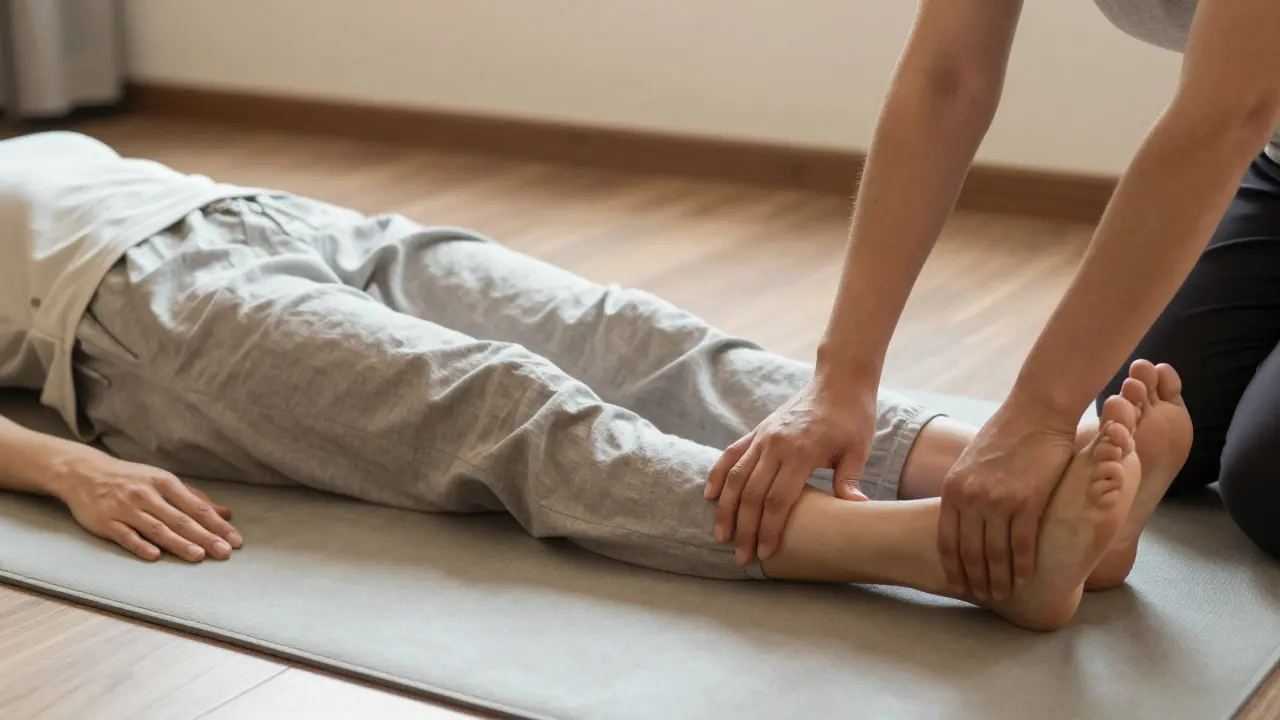Nightlife Photography: Simple Tips to Capture City Lights
City streets glow after sunset, but getting a great photo can feel tricky. You don't need a fancy camera or a pro degree—just a few smart moves and the right mindset. Below are the basics that will turn blurry, dark shots into sharp, vibrant images you’ll want to share.
Gear and Settings for Low Light
First, pick a camera that lets you change the aperture, shutter speed, and ISO. Most DSLRs, mirrorless bodies, and even advanced smartphones have these controls. Set a wide aperture (low f‑number like f/1.8‑f/2.8) to let in as much light as possible. This also gives a nice background blur that makes neon signs pop.
Next, crank the ISO up, but not too high. An ISO of 800‑1600 works for most city lights; go higher only if you have a camera that handles noise well. For shutter speed, aim for at least 1/60 sec to avoid motion blur from your hands. If you can use a tripod, drop the shutter to 1/15 sec or slower and let the camera do the steady work.
Use manual focus or tap the screen to lock on the brightest part of the scene. Autofocus can hunt in low light and miss the mark. Once you have a solid focus, lock it and recompose if needed.
Composition and Safety on the Streets
Great nightlife shots have strong composition. Look for leading lines—roads, railings, or light trails—that guide the eye into the frame. Place interesting light sources like street lamps or illuminated signs off‑center for a dynamic feel. Reflections in puddles or glass add depth without extra gear.
Watch the background. Busy streets can get cluttered, so step back or change angle to keep the focus on your main subject. Silhouettes work well against bright billboards; just expose for the light behind the subject.
Safety matters, especially after dark. Keep your gear close, avoid empty alleys, and be aware of traffic. If you’re using a tripod, set it up quickly and stay alert. Carry a small flashlight to see your camera controls without drawing attention.
Finally, experiment with creative techniques. Try long exposures of traffic to turn cars into light streaks, or use a slower shutter with a moving subject for a ghostly effect. Bracketing shots (taking several exposures at different settings) lets you pick the best later or merge them into an HDR image.
Practice is the real secret. Spend an evening walking the city, shooting everything you find interesting. Review your photos, note what worked, and adjust settings on the fly. Within a few outings, you’ll see faster shutter speeds, cleaner noise, and more confident compositions.
Remember, nightlife photography is about capturing the energy of the night. Use these simple steps—right gear, proper settings, thoughtful composition, and safe habits—and you’ll turn the city’s glow into photos you’ll be proud to show.






